

Articles
How To Store A Futon Mattress
Modified: May 6, 2024
Learn the best ways to store a futon mattress with these helpful articles. Keep your mattress protected and in great condition for years to come.
(Many of the links in this article redirect to a specific reviewed product. Your purchase of these products through affiliate links helps to generate commission for Storables.com, at no extra cost. Learn more)
Introduction
Storing a futon mattress properly is essential to ensuring its longevity and maintaining its quality. Whether you’re moving, redecorating, or simply need to store the futon mattress temporarily, following the correct storage procedures will help to prevent damage and keep the mattress in excellent condition.
In this article, we will guide you through the step-by-step process of storing a futon mattress. From cleaning the mattress to selecting the right storage location, we will cover all the necessary tasks to ensure that your futon mattress remains in optimal condition, ready for future use.
So, let’s dive in and learn how to store a futon mattress to keep it in the best possible shape!
Key Takeaways:
- Properly storing a futon mattress involves cleaning, removing the cover, deflating (if inflatable), rolling, securing, and choosing a dry, clean storage location. Regular checks and rotations help maintain its quality and longevity.
- By following the step-by-step process outlined in this article, you can ensure that your futon mattress remains in excellent condition while in storage, ready for future use. Proper care and storage techniques will preserve its comfort and support.
Read more: What Is A Futon Mattress
Step 1: Clean the Futon Mattress
Before storing your futon mattress, it’s important to give it a thorough cleaning. Over time, dust, dirt, and stains can accumulate on the surface, which can degrade the quality of the mattress and create unpleasant odors. Follow these steps to clean your futon mattress:
- Remove the cover (if applicable): If your futon mattress has a removable cover, take it off and wash it separately according to the manufacturer’s instructions.
- Vacuum the mattress: Use a handheld vacuum or an upholstery attachment to gently remove any surface dirt, dust, or pet hair from the mattress. Pay attention to the seams and crevices where debris may accumulate.
- Spot clean stains: If you notice any stains on your futon mattress, use a mild detergent mixed with water to spot clean the affected areas. Gently blot the stains with a clean cloth or sponge, being careful not to saturate the mattress.
- Air dry the mattress: Once you’ve finished cleaning, allow the mattress to air dry completely. This may take a few hours, depending on the weather conditions. Avoid direct sunlight, as it can cause the upholstery to fade or warp.
By cleaning your futon mattress before storage, you’ll remove any dirt or stains that could become more difficult to remove later. Plus, you’ll ensure that your mattress remains fresh and odor-free during storage.
Step 2: Remove the Cover (if applicable)
If your futon mattress has a removable cover, it’s important to remove it before storing the mattress. Removing the cover will not only protect it from potential damage but also allow you to clean it separately if needed. Follow these steps to properly remove the cover:
- Locate the zipper or Velcro closure: Most futon mattress covers have a zipper or Velcro closure along one edge. Find the closure and locate the starting point.
- Open the closure: Carefully unzip the cover or detach the Velcro to open it. Take your time to avoid any tears or snags in the fabric.
- Remove the cover: Once the closure is open, gently slide the cover off the futon mattress. Fold it neatly and set it aside for cleaning or safekeeping.
- Inspect the cover: Take a moment to inspect the cover for any stains or damage. If necessary, follow the manufacturer’s instructions to clean or repair the cover before storing it.
By removing the cover, you can ensure that it remains in good condition and ready for use when you’re ready to put the futon mattress back into service. Plus, storing the cover separately allows you to minimize the risk of damage or dirt transfer during storage.
Step 3: Deflate (if it is an inflatable futon mattress)
If you have an inflatable futon mattress, it’s important to properly deflate it before storing it. Deflating the mattress will not only make it easier to handle but also help to prevent any potential damage during storage. Follow these steps to deflate your inflatable futon mattress:
- Find the air valve: Locate the air valve on your inflatable futon mattress. It is usually located on the side or bottom of the mattress.
- Open the air valve: Open the air valve by unscrewing or flipping the cap, depending on the type of valve. This will allow the air to escape when you compress the mattress.
- Apply pressure: Gently press down on the mattress to release the air. Start from one end and work your way towards the air valve, gradually expelling all the air. You can use your hands or apply light pressure with your body weight.
- Fold or roll the deflated mattress: Once all the air has been released, fold or roll the deflated mattress tightly. This will help to minimize its size and make it easier to store.
- Secure the folded mattress: Use straps, bungee cords, or a mattress storage bag to secure the folded mattress. This will prevent it from unrolling or getting damaged during storage.
By properly deflating your inflatable futon mattress, you’ll ensure that it takes up minimal space and remains in good condition while in storage. Remember to reseal the air valve after deflating the mattress and store it in a dry and clean location.
Step 4: Roll the Mattress
Once your futon mattress is clean and ready for storage, it’s time to roll it up. Rolling the mattress will help save space and make it easier to transport and store. Follow these steps to properly roll your futon mattress:
- Find a clear and flat surface: Choose a clean and spacious area to lay out your futon mattress. Make sure there are no sharp objects or debris that could potentially damage the mattress.
- Position the mattress: Place the futon mattress on the surface with the top side facing down. Smooth out any wrinkles or folds to ensure an even roll.
- Begin rolling: Starting from one end, tightly roll the mattress towards the other end. Use your body weight to apply pressure and keep the roll tight and compact. Take your time to avoid any lumps or uneven rolling.
- Adjust as needed: As you roll, make any necessary adjustments to ensure a neat and even roll. Smooth out any wrinkles or creases that may form during the rolling process.
- Secure the rolled mattress: Once fully rolled, use straps or bungee cords to secure the rolled mattress. This will keep it compact and prevent it from unrolling during storage.
By properly rolling your futon mattress, you’ll save valuable space in your storage area and make it easier to transport if needed. The tightly rolled mattress will also help to maintain its shape and prevent any unwanted damage during storage.
To store a futon mattress, first, ensure it’s clean and completely dry. Then, fold it in half and roll it tightly. Store it in a cool, dry place to prevent mold and mildew.
Read more: How Thick Is A Futon Mattress
Step 5: Secure the Rolled Mattress
After successfully rolling your futon mattress, the next step is to secure it properly. By securing the rolled mattress, you’ll ensure that it remains tightly rolled and protected during storage. Follow these steps to secure your rolled futon mattress:
- Use straps or bungee cords: Wrap straps or bungee cords around the rolled mattress in several places to hold it securely in place. Make sure to tighten the straps or cords to prevent any movement or unrolling.
- Alternatively, use a mattress storage bag: If you prefer a more enclosed and protective storage option, you can use a mattress storage bag. Place the rolled mattress inside the bag and seal it tightly to prevent dust, dirt, and moisture from entering.
- Double-check for tightness: Once you’ve secured the rolled mattress with straps, bungee cords, or a storage bag, give it a little shake to ensure that it doesn’t come loose. Adjust and tighten any straps or cords as needed to keep the mattress firmly in place.
- Label the mattress (optional): If you have multiple futon mattresses or are storing it for an extended period, you may want to label the rolled mattress. This can help you easily identify it and locate it when you need it in the future.
By securely wrapping and fastening your rolled futon mattress, you’ll prevent it from unravelling and protect it from potential damage during storage. Taking these simple steps will ensure that your mattress remains in excellent condition until you’re ready to use it again.
Step 6: Store in a Dry and Clean Area
Now that your futon mattress is properly rolled and secured, it’s time to find the ideal storage location. Storing your mattress in a dry and clean area is crucial to maintain its quality and prevent any damage. Follow these guidelines for storing your futon mattress:
- Select a dry location: Choose a storage area that is free from moisture and humidity. Excess humidity can promote the growth of mold and mildew, which can damage your mattress. Avoid areas such as damp basements or garages prone to moisture.
- Avoid extreme temperatures: Fluctuating temperatures can also affect the condition of your futon mattress. Avoid storing it in spaces that experience extreme heat or cold, such as attics or storage units without climate control.
- Clean the storage area: Before placing your rolled mattress in storage, make sure the area is clean and free from dust and debris. Sweep or vacuum the floor to remove any dirt or particles that could transfer to your mattress.
- Elevate the mattress: If possible, elevate the rolled mattress off the ground by using pallets, shelves, or storage racks. This will provide additional protection from moisture and pests that may be present on the floor.
- Keep it away from potential hazards: Store your futon mattress away from sharp objects, pets, and any potential hazards that could damage or compromise its condition during storage.
By storing your futon mattress in a dry and clean area, you’ll ensure that it remains in excellent condition and ready for future use. Taking these precautions will help prolong its lifespan and maintain its comfort and quality.
Step 7: Avoid Direct Sunlight and Moisture
Protecting your futon mattress from direct sunlight and moisture is essential for maintaining its quality and preventing damage. Exposure to sunlight can cause the fabric and materials of the mattress to fade and deteriorate, while moisture can lead to mold, mildew, and unpleasant odors. Follow these steps to avoid direct sunlight and moisture when storing your futon mattress:
- Choose a location away from windows: When selecting a storage area, avoid placing your rolled mattress near windows or in areas with direct sunlight. UV rays can harm the fabric and cause discoloration over time.
- Use curtains or blinds: If your storage area has windows that cannot be covered, use curtains or blinds to block out sunlight and protect your futon mattress from prolonged exposure.
- Consider using a mattress cover: If your storage area is prone to moisture or humidity, consider using a waterproof mattress cover to provide an extra layer of protection. This will help prevent any water or moisture from seeping into the mattress.
- Check for leaks or water damage: Regularly inspect the storage area for any signs of leaks or water damage. If you notice any issues, address them promptly to ensure the mattress stays dry and mold-free.
- Monitor humidity levels: If you live in a humid climate, use a dehumidifier or moisture absorbers in the storage area to maintain proper humidity levels and prevent the growth of mold and mildew.
By avoiding direct sunlight and moisture, you’ll preserve the integrity of your futon mattress and keep it in excellent condition during storage. These precautions will help maintain its comfort and prolong its lifespan, ensuring that it remains ready for use when you need it again.
Step 8: Regularly Check and Rotate the Mattress
To ensure the longevity and quality of your futon mattress, it’s important to regularly check and rotate it while it’s in storage. By doing so, you can prevent the development of permanent indentations and keep the mattress in optimal condition. Follow these steps to regularly check and rotate your futon mattress:
- Schedule periodic checks: Set a reminder to inspect your stored futon mattress at least once every few months. This will allow you to identify any issues or signs of damage early on.
- Rotate the mattress: During each check, rotate the rolled mattress to a different position. This will help distribute the weight and pressure evenly, minimizing the formation of permanent indentations.
- Look for signs of damage: Examine the mattress for any signs of wear, tears, or damage. Pay close attention to the edges, seams, and corners. If you notice any issues, address them promptly to prevent further damage.
- Air out the mattress: Periodically, take the opportunity to remove the rolled mattress from storage and allow it to air out. This will help prevent any musty odors and allows the materials to breathe.
- Ensure proper support: If you’re storing your mattress on a platform or rack, check that it’s still providing adequate support. Make any adjustments as necessary to maintain the mattress’s shape and prevent sagging.
Regularly checking and rotating your futon mattress during storage will help preserve its shape and comfort. By addressing any potential issues early on, you can prevent further damage and extend the lifespan of your mattress.
Keep in mind that the frequency of checks and rotations may vary depending on storage conditions and personal preference. If you live in a particularly humid or damp environment, you may want to check and rotate the mattress more frequently to ensure its longevity.
Read more: What Is The Mattress Size For A Futon
Conclusion
Properly storing a futon mattress is essential to maintain its quality and ensure its longevity. By following the step-by-step process outlined in this article, you can ensure that your futon mattress remains in excellent condition while in storage, ready for future use.
From cleaning the mattress and removing the cover (if applicable) to deflating (for inflatable mattresses), rolling, securing, and choosing the right storage location, each step plays a crucial role in protecting your futon mattress. Avoiding direct sunlight and moisture, regularly checking for damage, and rotating the mattress help to prevent any issues and maintain its comfort and support.
Remember to clean the mattress before storage, remove the cover (if applicable), and deflate it if it’s an inflatable mattress. Roll the mattress tightly and secure it with straps, bungee cords, or a storage bag. Store it in a clean and dry area, away from direct sunlight and moisture. Regularly check and rotate the mattress to prevent indentations and address any potential damage.
By implementing these storage tips, you can enjoy the benefits of a well-preserved and ready-to-use futon mattress. Whether you’re moving, redecorating, or simply need temporary storage, proper care and storage techniques will ensure that your futon mattress remains in optimal condition throughout its lifespan.
So, start applying these steps today and rest assured that your futon mattress will be protected, clean, and ready for many more cozy nights of rest and relaxation.
Storing your futon mattress correctly ensures longevity, but when you’re ready for an upgrade, consider our guide on futon storage solutions. Our featured article showcases a selection of the best futons that come with built-in storage options, perfect for maximizing space in any room. These models not only provide comfort and style but also add practicality to your living space with clever storage compartments for bedding and other essentials. Perfect for small apartments or multi-functional rooms, these futons offer a smart solution to keep your home organized and stylish.
Frequently Asked Questions about How To Store A Futon Mattress
Was this page helpful?
At Storables.com, we guarantee accurate and reliable information. Our content, validated by Expert Board Contributors, is crafted following stringent Editorial Policies. We're committed to providing you with well-researched, expert-backed insights for all your informational needs.
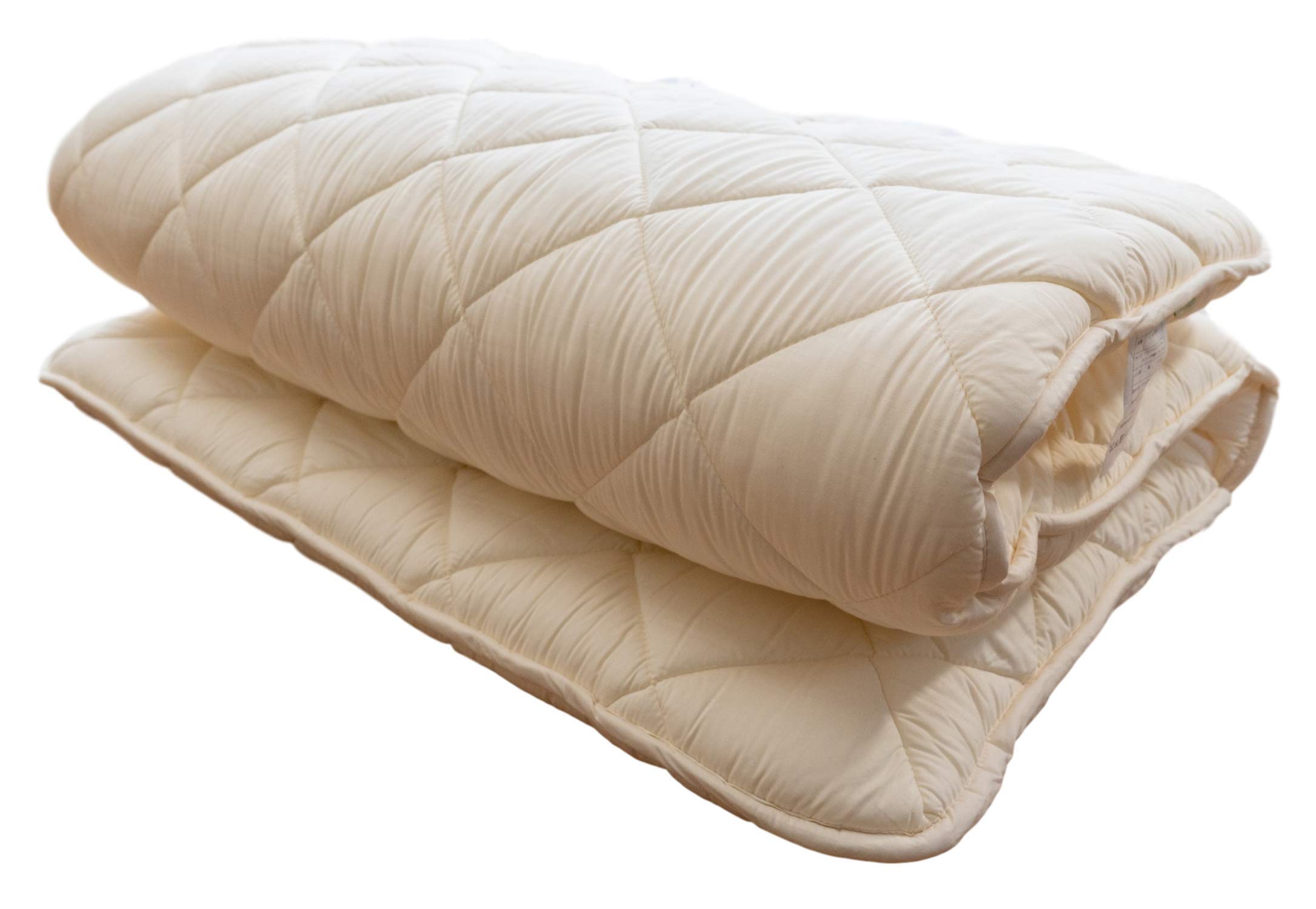
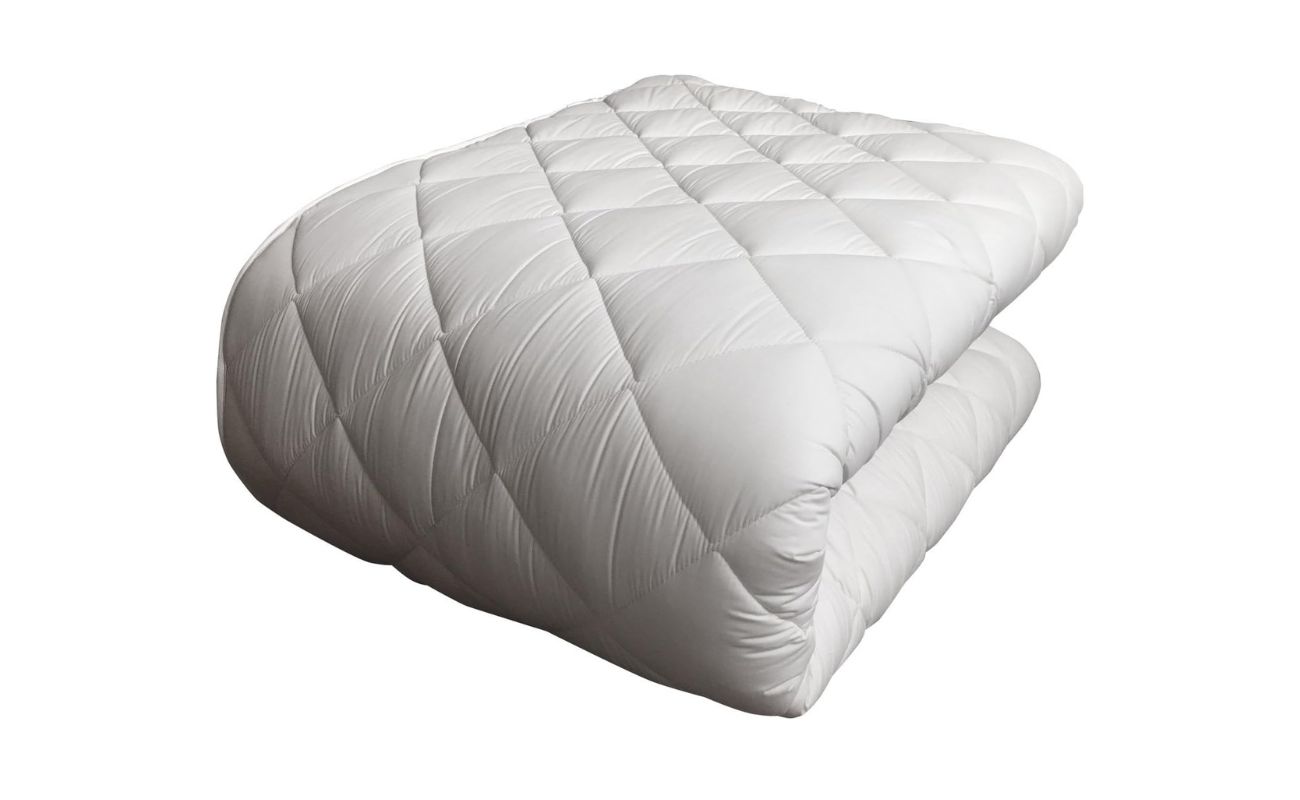







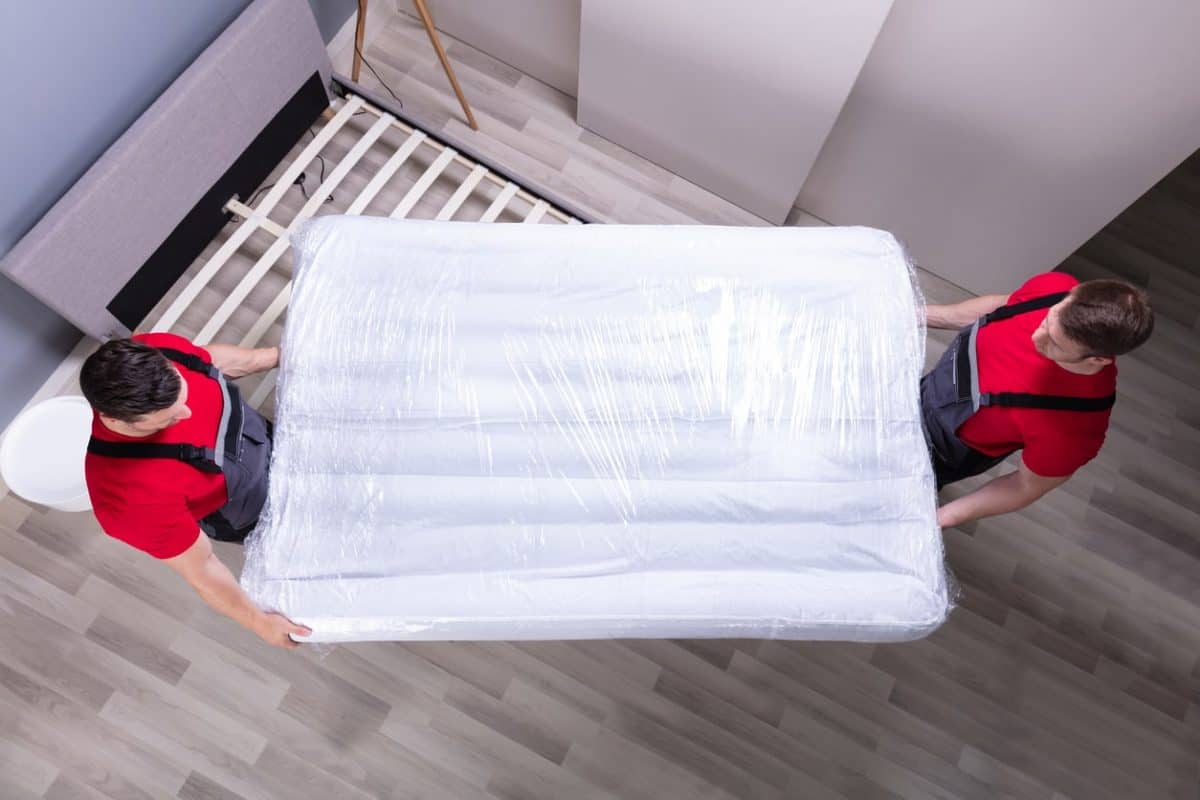
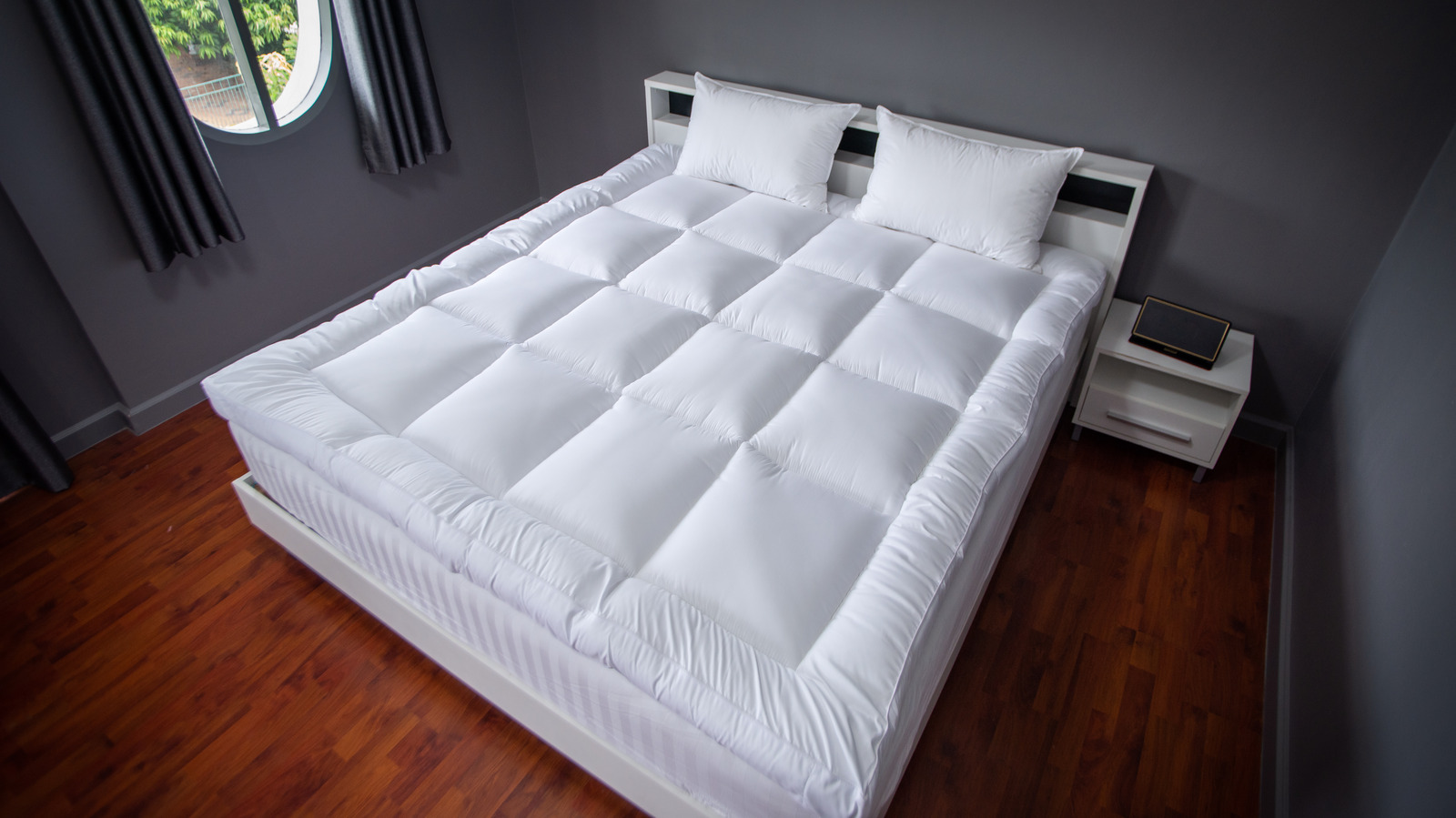

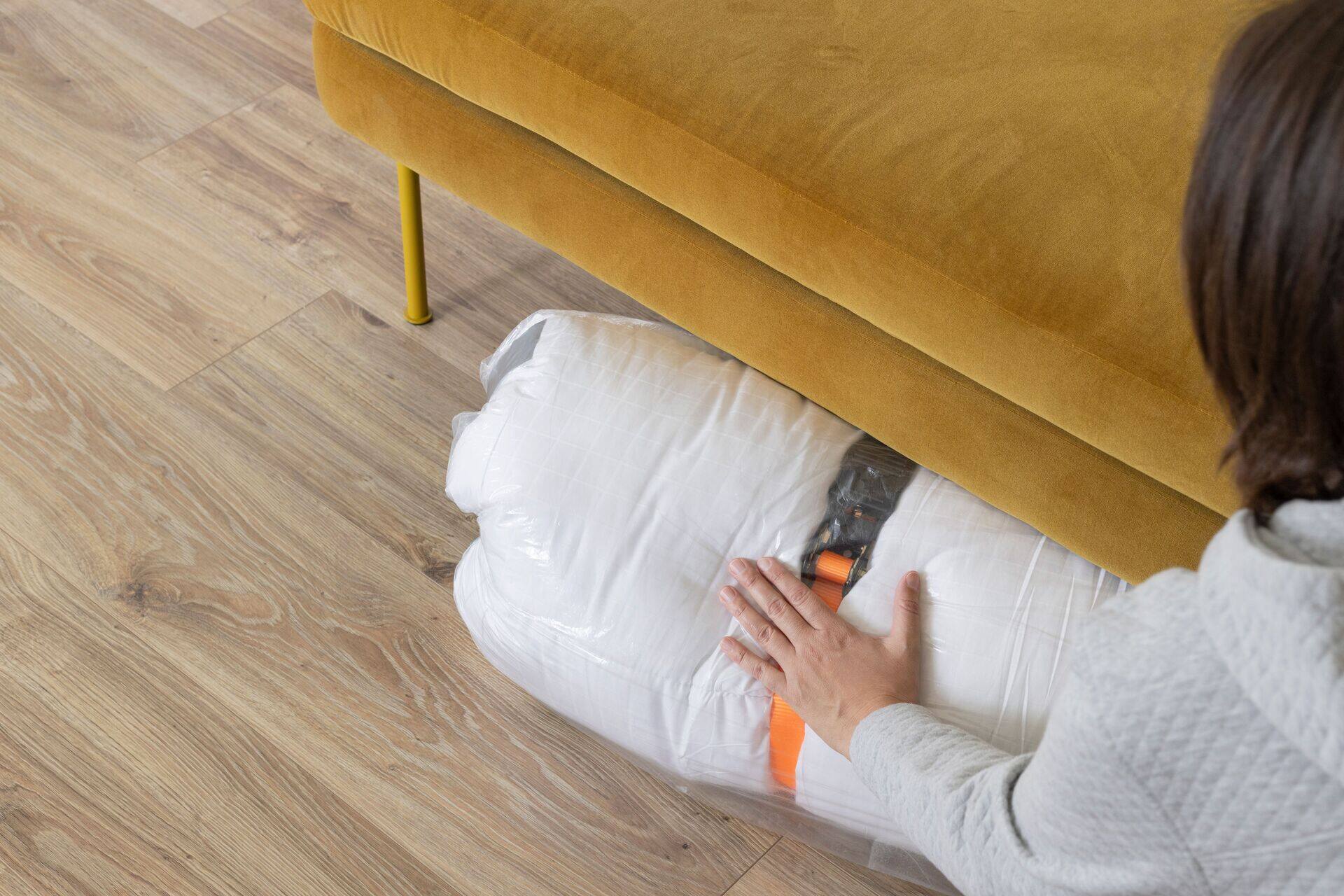

0 thoughts on “How To Store A Futon Mattress”